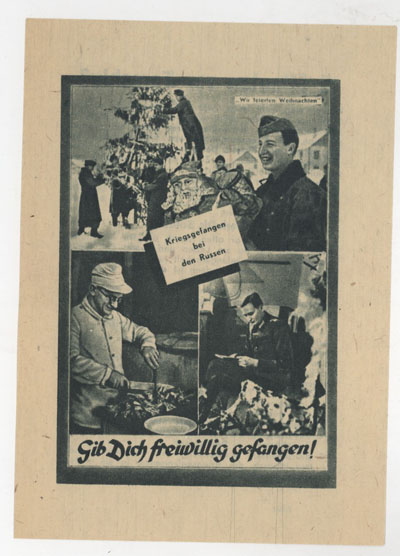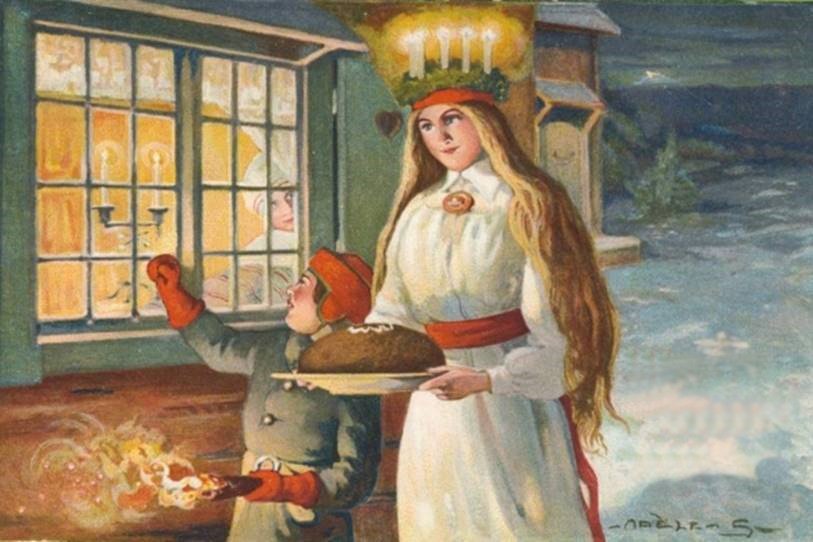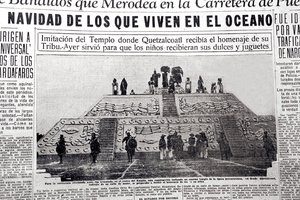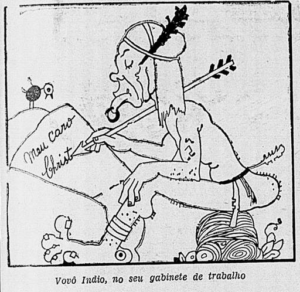Beatings at Christmas
There are a number of different types of thrashings connected with the Christmas season in many countries over the centuries. The first is a threat of chastisement and is connected with the switches and rods carried by gift-bringers and their helpers. In the sixteenth-century Germany the Christmas bundle of presents included: “things that belong to teaching, obedience, chastisement and discipline, as A.B.C tablets, Bibles and handsome books, writing materials, paper, etc. and the Christ-rod”. The first book in the United States to include a picture of Santa Claus, the 1821 Children’s Friend, has the gift-giver state that he was happy to reward good girls and boys but “[W]here I found the children naughty,/In manners rude, in temper haughty,/ Thankless to parents, liars, swearers,/ Boxers, or cheats, or base tale-bearers, I left a long, black birchen rod,/ Such as the dread command of God/ Directs a parent’s hand to use/ When virtue’s path his sons refuse. The threat of corporal punishment was inherent in the role played by such figures as Black Pete, Krampus, Cert or Père Fouettard (Father Switch) who accompany the gift-giver.
On Childermas, December 28, which commemorates the Massacre of the Innocents by King Herod it was once customary in England to beat children. The explanation given in the seventeenth century was that that the memory of Herod’s crime “might stick the closer; and, in a moderate proportion, to act over the crueltie again in kind” but anthropologists have noted that ritual beatings are more likely descended from pagan rituals of good luck than punishment. An old German custom called “peppering” saw children beating their parents and servants beating their masters with sticks while asking in verse form for a treat. An equally venerable tradition in Normandy allowed children to give a thrashing to those who stayed too long in bed on December 28. In Wales on St Stephen’s Day, the practice was called “holming” or “holly-beating” — the last person to get out of bed was hit with holly sprigs and made to act as servant to the rest of the family. Sometimes the purpose of the holming was to draw blood. In parts of Scotland on New Year’s Eve boys beat each other with holly branches in the belief that for every drop of blood shed a year of life was saved for the victim. In Sweden it was once customary for the first-riser on Christmas Eve to give other family members small bundles of twigs which they would use to beat each other in the spirit of imparting vitality.
It is worth noting that fruit trees also came in for ritual beatings at Christmas. See tomorrow’s post on“Wassailing”.










